

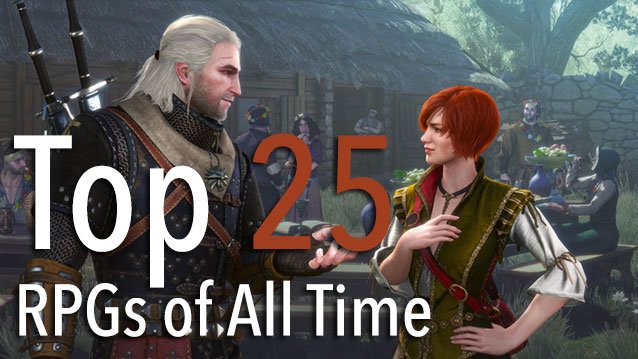
Role-playing games comprise some of the best video games ever created. Giving players the opportunity to develop characters in worlds that react to their choices, RPGs offer a depth of experience (get it) like no other genre.
While many of the best role-playing games have been released for the PC, consoles too have offered a multitude of great RPGs, with many popular series being console-exclusive.
This decade's RPGs are looking strong and the games poised to come out in the next few years look every bit as great as the titles we're playing right now. In this list, we take a look back at all the RPGs that have come before and celebrate their greatness.
Here are the Gameranx picks for the top 25 RPGs of all time. If you feel like we left out something, feel free to tell us in the comments.
For a related article, be sure to check out the top 10 best RPGs of 2015.

t’s a crossover that on paper looks like a fever dream borne in the deepest pits of fanfiction forums, but Kingdom Hearts managed to successfully combine characters from both the Final Fantasy series and classic Disney animation. Sure, it’s a bit light on the stats and character builds, but the Kingdom Hearts games have focused on accessible, action-focused gameplay and have found millions of fans across the world. And who doesn’t want Donald Duck in their party? He’s a scrapper.
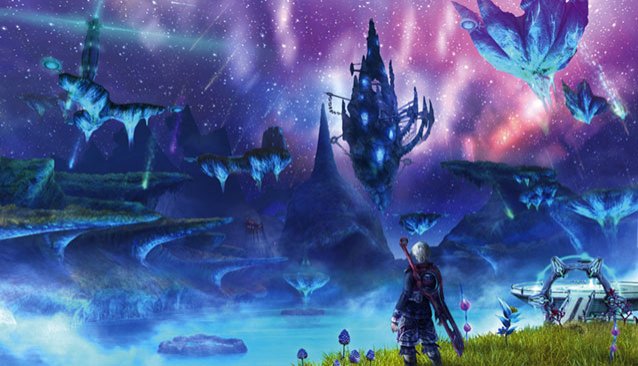
Xenoblade Chronicles marked a huge step forward for JRPGs, as the game updated many stagnant mechanics and tropes that had come to characterize the genre. The gameworld is enormous and Xenoblade’s constant emphasis is on exploring it, and players can generally can go anywhere they can see in the lush environments. Add to that a likeable cast of well-acted characters, a fun and action-based combat system, and an epic and original story, and you’ve got the makings of a true classic.
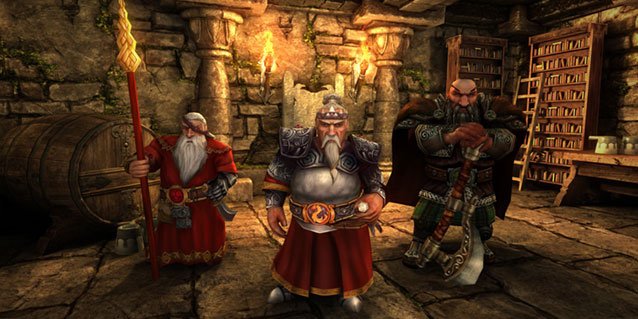
Might and Magic Book One: The Secret of the Inner Sanctum debuted on the Apple II in 1986 after almost three years of work primarily done by Jon Van Caneghem. It would eventually be ported to other systems of the day, including an NES version in 1990. The pioneering first-person series now has ten titles that span four decades.
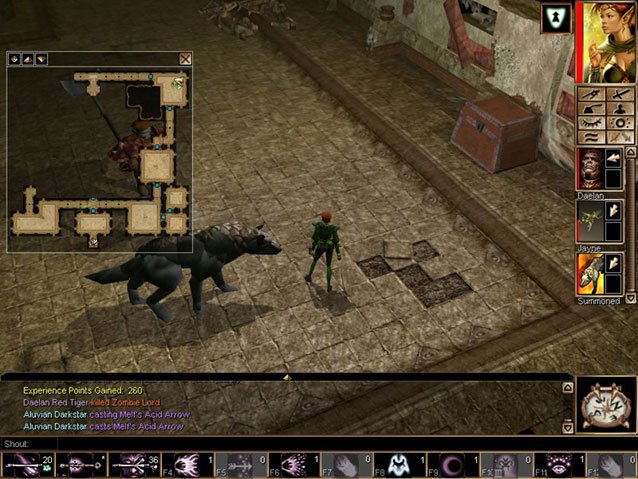
BioWare is now primarily known for its Star Wars, Dragon Age, and Mass Effect games, but the studio has created many of the best Dungeons & Dragons ever made. One of these is inarguably Neverwinter Nights, which is set in D&D’s popular Forgotten Realms world. The campaign tells the story of a terrible plague and a mysterious cult, but Neverwinter Nights shipped on PC with a full set of tools for players to create their own custom content, including full campaigns. And since the game was initially conceived as an MMO, it also had – uncommonly, for Dungeons & Dragons games – terrific online multiplayer.
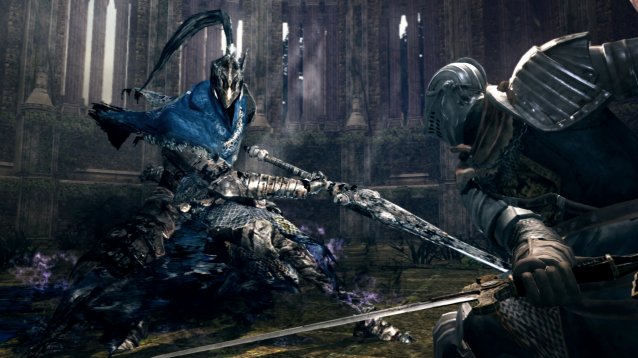
From Software’s Souls series is a relative newcomer, having begun only six years ago when Hidetaka Miyazaki’s obscure Demon’s Souls released for PlayStation 3. Since then, though, the Souls games have loomed large in the games industry with their uniquely dark fantasy worlds, infamous difficulty, and satisfyingly dangerous combat. The near limitless ability to customize weapons and character stats has spawned a massive subculture and a player base that remains active to this day.
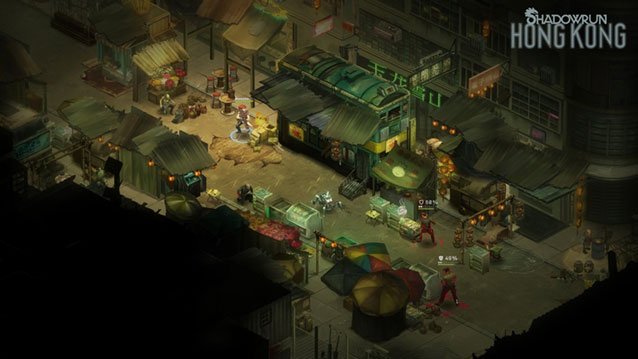
Set in the near future, Shadowrun is the definitive cyberpunk roleplaying setting on tabletop, so it’s kind of weird that it took 24 years before it was developed into a proper digital RPG. No mind, though – Shadowrun Returns is almost more an RPG toolbox than a campaign (although Dead Man’s Switch, the campaign it ships with, is delightfully noir and solidly written). Combat takes many cues from XCOM, with the added layer of hacking-based combat meaning players have to fight across two fronts, and protect characters who are jacked into a terminal. Developer Harebrained Schemes has released two standalone expansions,Shadowrun: Dragonfall and Shadowrun: Hong Kong, both of which add to and improve the original Unity-powered game engine.

A prequel to the classic Divine Divinity, Divinity: Original Sin is a role-playing game that tosses players straight into the deep end. Certain “rules” that generally apply in RPGs don’t in Original Sin – for instance, it’s entirely possible to casually murder any NPC in the game, including ones you need to talk to in order to finish key quests. The game also features two player characters and cooperative multiplayer is probably the best way to play. But if you go it alone, you’ll still have to deal with customizable heroes who don’t always agree on a course of action – meaning you’ll have to win at rock, paper, scissors on occasion in order to get your way.
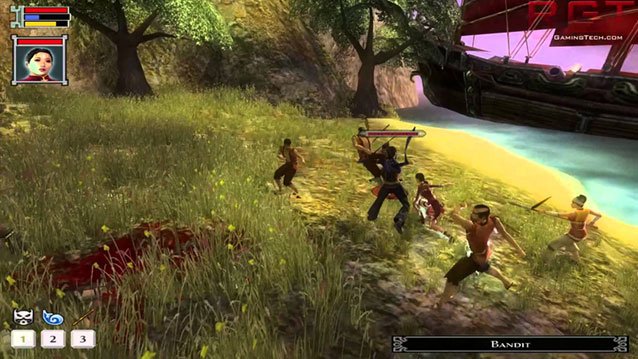
RPG players spend lots of time exploring gothic castles and wastelands of post-nuclear apocalypses. Jade Empire took BioWare’s now-familiar formula established in Knights of the Old Republic and moved the action to a Wuxia-style story set in mythological China. Players pick from one of several characters to play as and can bring a variety of weapon styles and chi-based skills to bear in combat. As always with BioWare titles, Jade Empire features a host of interesting characters and romance options. The only major strikes against it are its relatively short length, and the lack of a modern follow up.
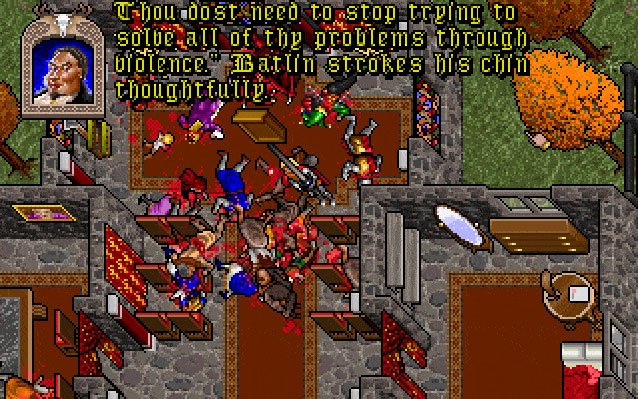
The Avatar returns to Britannia 200 years after the events of Ultima VI and almost immediately must examine a horrific occult murder. The Black Gate showcased a complete graphics and interface overhaul for theUltima series, and while it’s certainly showing its age now, it was revolutionary in 1992. Richard “Lord British” Garriott has said that Ultima VII is his personal favorite title in the series.
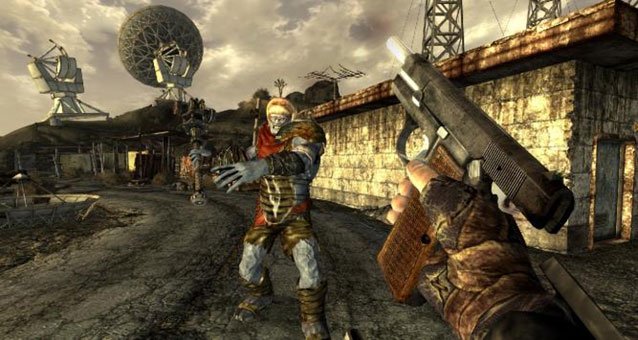
Fallout 3 took the massive step of moving the Fallout series into a fully-realized 3D world, but New Vegas featured the return of some of the Black Isle Studios writers who helped create the original two titles. Beginning with the hero, known as the Courier, being double-crossed in the Nevada desert, New Vegas features several factions (of varying degrees of evil) and tons of content, much of which requires more than one playthrough to discover. New Vegas also added a hardcore mode that requires the Courier to take into account dehydration, hunger, and ammunition weight.
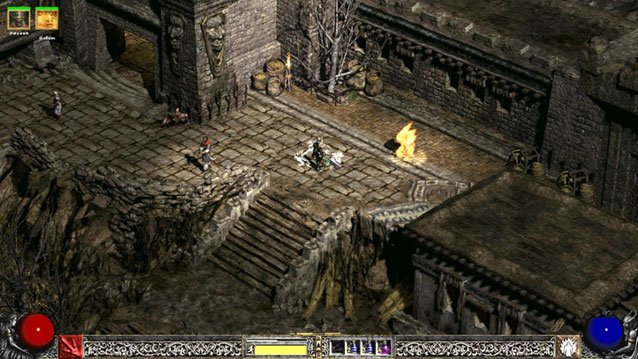
Diablo took place in a single procedurally-generated dungeon, and Diablo 2 cracked that formula wide open. Featuring the same fast-paced loot-driven combat as its progenitor, Diablo 2 let players travel vast expanses of wilderness and distinct dungeon environments full of hundreds upon hundreds of demonic monsters on whom to visit chaos and destruction. Fifteen years after Blizzard released it, Diablo 2 holds up remarkably well.
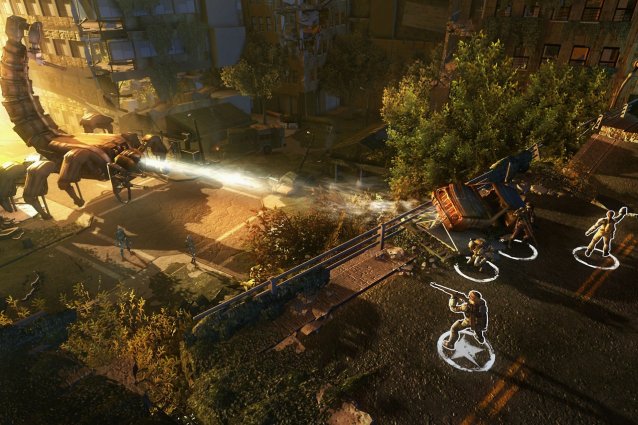
One of several Kickstarter success stories on this list, Wasteland 2 resurrects a franchise considered to be the spiritual inspiration for the Fallout series. The influence is clear – Wasteland 2 is another post-apocalyptic RPG, but features a turn- and party-based system more reminiscent of classics in the genre. Developer inExile has announced a massive update to Wasteland 2 that will include a visual overhaul, “tens of thousands” of additional voiceover lines, as well as ports for Xbox One and Playstation 4. Best part? Players who own the game on PC will receive the update for free.
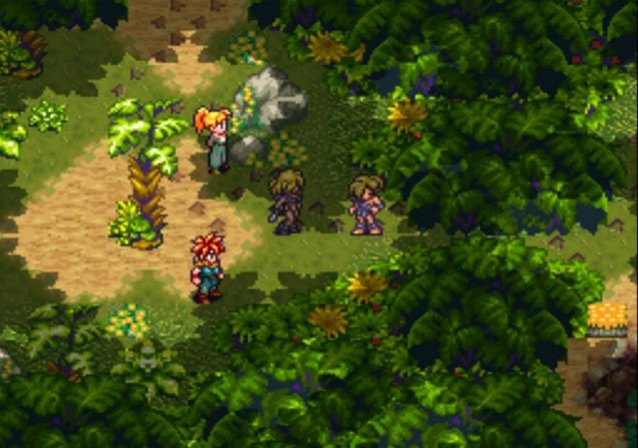
First released on the SNES in 1995, Chrono Trigger’s lush world and playful writing form the wrapping of a time-traveling plot and remarkably deep encounter system. Combat drew heavily from Square’s established Final Fantasy “active time battle system” but Chrono Trigger added “techs” for each character that could synergize with other characters’ abilities on the fly. It’s a classic of the JRPG style and can easily be played today with versions available for DS, iOS, and Android.
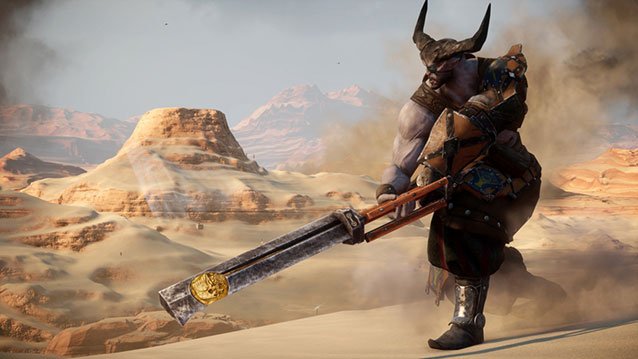
Dragon Age: Inquisition was a great course correction for BioWare after the limply-received Dragon Age 2. As the Inquisitor, players travel across huge maps packed with people to meet, monsters to face, and guffins to find. Meanwhile, you’ll also be building an army back at home in order to face the demonic force preparing to consume the world. And hey, if that gets boring, you can always take a break to chat up the Iron Bull, hilariously and expertly voiced by Freddie Prinze, Jr.
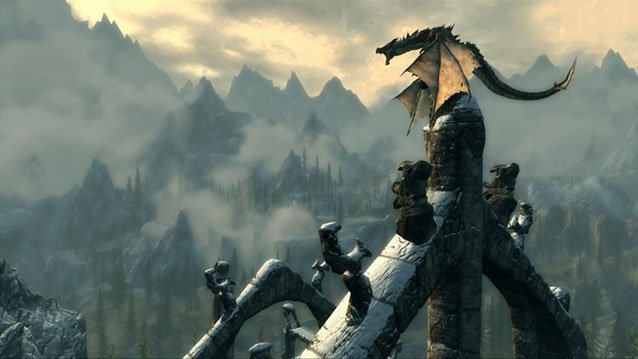
Since way back in the days of Arena and Daggerfall, The Elder Scrolls games have been about exploring enormous worlds. Skyrim upped the ante over both Morrowind and Oblivion, with a gorgeous mountainous land that never feels repetitive or empty. The ability to fight huge dragons, and call upon their strength as the Dragonborn, adds another level of awe to the experience of playing Skyrim. Should you play the game on PC, there are countless mods available – including one that replaces the dragons with Thomas the Tank Engine.
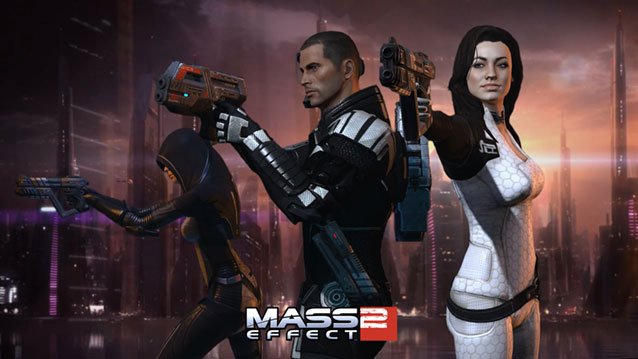
The fan outcry over the ending of Mass Effect 3 is itself testament to the quality of what came before it. Mass Effect 2’s ending is heavily dependent on the choices players made as Commander Shepard, and it’s a gutpunch no matter how you’ve handled your decisions. Mass Effect 2 is also a terrific update to the original game’s systems, and the squad-based tactical shooting is a refreshing departure from the usual fare of RPGs.
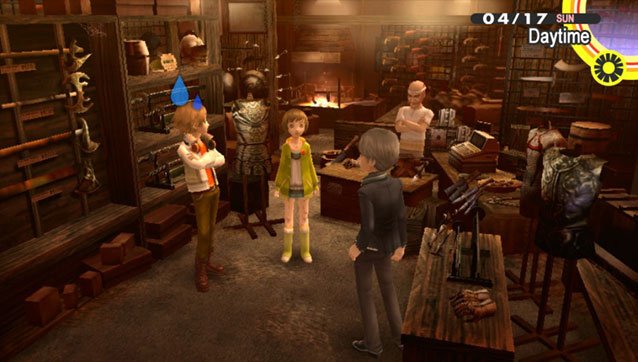
One of the most unique series on the list, Shin Megami Tensei, or the Persona series, successfully combines traditional role-playing game mechanics with those of “life simulators” or visual novels. That might be enough to send your average Baldur’s Gate purist running for the hills, but that’s their loss – Persona 4 Golden is an original and entertaining experience that rewards careful research into skill builds and tactics, and it’s a must-own if you have a PS Vita.
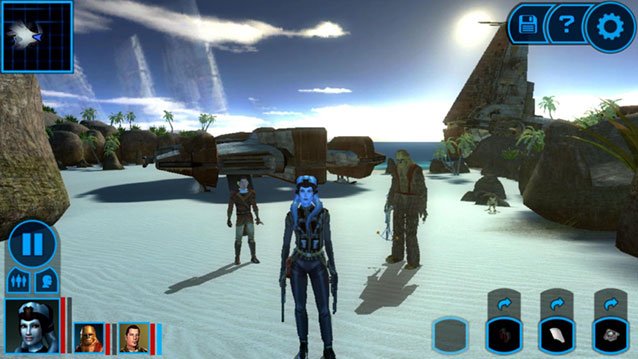
The Star Wars universe is a perfect setting for an RPG and BioWare pulled it off with panache in Star Wars: Knights of the Old Republic. Based on the pen-and-paper RPG from Wizards of the Coast, KOTORfeatured accessible but deep combat and a Force-based alignment system that kept track of each choice the player makes – and determines which of two wildly different ways the engaging story will conclude. In the meantime, though, you get tons of Star Wars fan service and can travel to many new and some familiar locations, such as Tatooine and the Wookiee planet of Kashyyyk. You may not, however, watch the Christmas special.
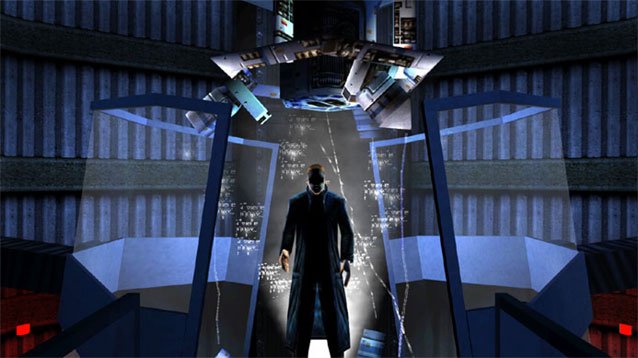
Deus Ex has found its way onto many “Best Ever” lists since its release in 2000 and it’s not hard to see why. Playing as JC Denton, an anti-terrorism agent augmented with nanotechnology, Deus Ex gave players what was at the time a pretty unprecedented level of free choice in the way they approached each situation, whether it was combat, stealth, or conversations with the game’s many interesting characters. You can hack computers, mod weapons, and improve your nanotech implants all to suit your preferred play style. Sure, lots of games do that now. But Deus Ex set the bar and who knows where we’d be now if it hadn’t.
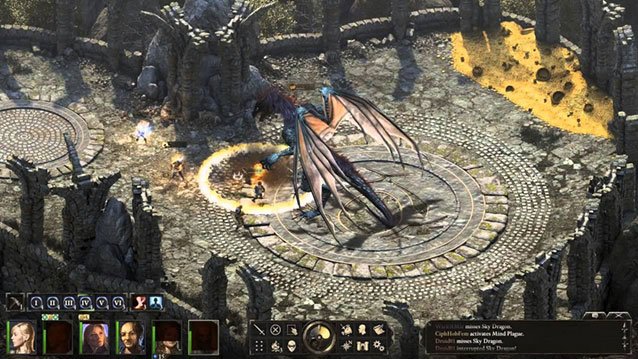
Another homage to the great RPGs of the ‘90s, Obsidian Entertainment’s Pillars of Eternity is also a Kickstarter success story. It features all the trappings of the Infinity Engine classics, with a fixed isometric perspective and gorgeous hand-drawn pre-rendered backgrounds. While the plot deals with the standard fantasy fare of cultists and plagues, Pillars of Eternity is nonetheless terrifically written and features an adapted Dungeons & Dragons ruleset that keeps the combat tense and tactical. An expansion pack, The White Parch – Part 1 came out in August and another is slated for release this winter.
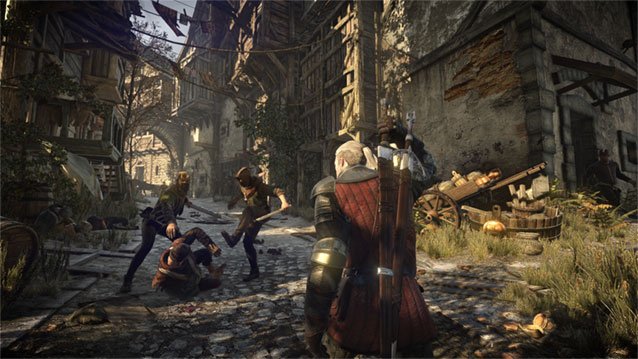
Third time was the charm for CD Projekt Red, developers of the Witcher series. Where the first games were solid titles in their own rights, combat was fiddly and often opaque, and The Witcher 2 could be punishingly and frustratingly difficult as a result. But Wild Hunt streamlines everything about being Geralt of Rivia, the legendary monster hunter, and plunks you down in a gigantic world teeming with plants, animals, and abominable beasts bent on having your guts for garters. Based on the novels by Polish author Andrzej Sapkowski, The Witcher III also features a compelling and dark story full of interesting characters, underhanded politicking, and a messianic character who isn’t you.

We’re not sure if the folks at Square are clear on what the word “final” means, or how great they are at numbering things. While the Final Fantasy series, first conceived by Hironobu Sakaguchi, still remains massively popular, Final Fantasy VII is probably its most-beloved chapter. This is the game that truly brought JRPGs to the world stage, and its cast of characters – including the taciturn Cloud, innocent Aerith, and mysterious Sephiroth – are undoubtedly Final Fantasy’s most memorable.
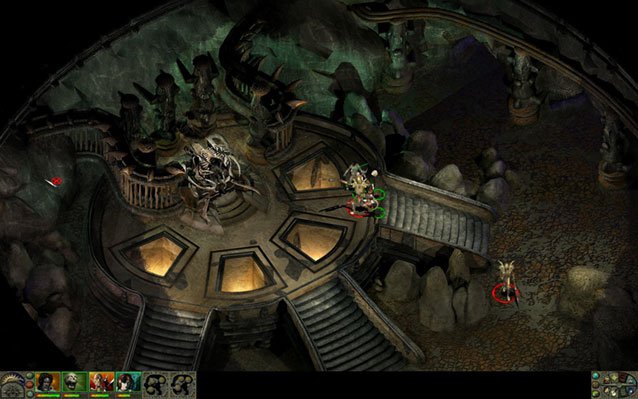
After the success of BioWare’s Baldur’s Gate, Black Isle Studios decided try their own hands at making an Infinty Engine game. Instead of retreading the familiar Forgotten Realms, they decided to set their game in the more obscure Planescape universe, having players travel across several planes of existence as they attempt to unravel the mystery surrounding their own character, the immortal “Nameless One.”
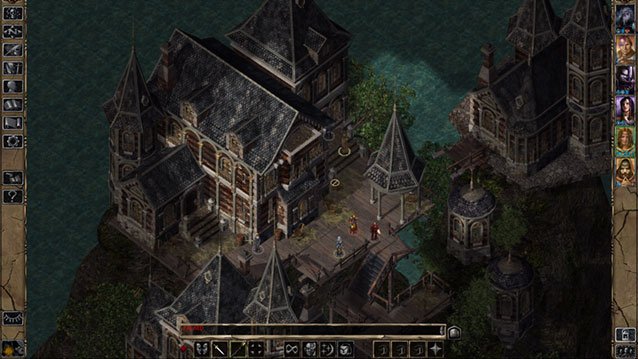
Taking lessons they learned from the astounding Baldur’s Gate and applying them to the sequel worked out really well for BioWare, because Baldur’s Gate 2 is on just about every short list of the greatest RPGs ever made. Level design and dialogue options were streamlined and improved over the original, and the pausable real-time combat was made smoother. Many of the original game’s cast of companions return for the sequel, and the plot is an epic adventure with tons of rewarding side quests. There’s now an enhanced edition of the game that allows it to be played on modern hardware and high resolution monitors.
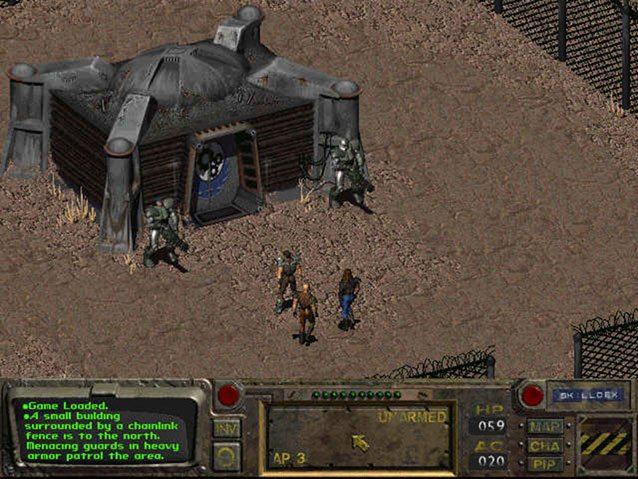
It didn’t take long for players to realize they were playing something, well, special when they installed Fallout way back in 1997. Turn-based combat had been done before, and so had post-apocalyptic settings. But the game featured a design and writing aesthetic that worked incredibly well together – the rusty husks of 1950s style cars and buildings, the cobbled-together look of wastelander wardrobes, and the constant worry of radiation all combined to create one of the most defining games in the RPG genre.
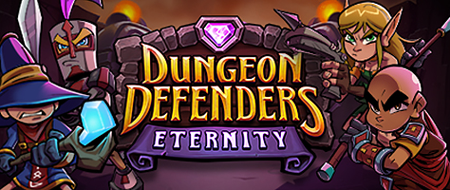
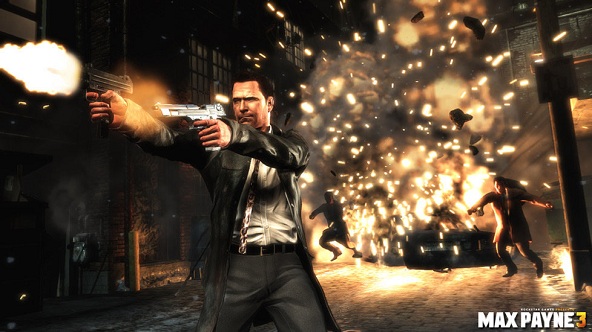


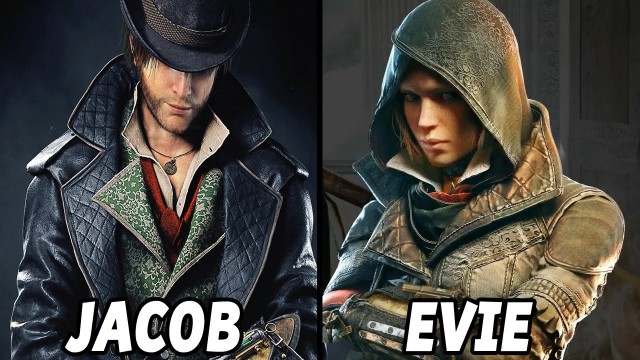 Assassin's Creed Syndicate Outfits Guide: How To Get All Jacob and Evie's Outfits And Effects
Assassin's Creed Syndicate Outfits Guide: How To Get All Jacob and Evie's Outfits And Effects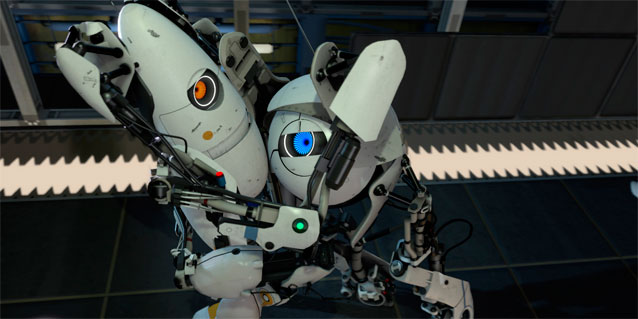 PAX East: Interview with Portal 2s Project Lead, Joshua Weier
PAX East: Interview with Portal 2s Project Lead, Joshua Weier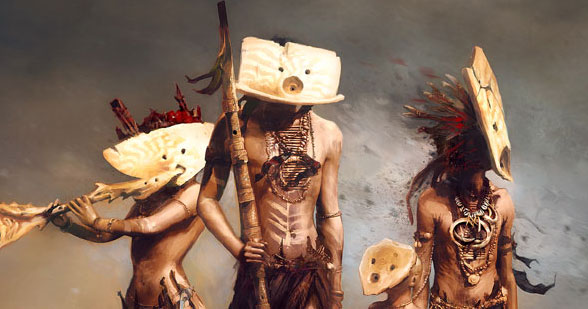 From Dust Review Round-Up
From Dust Review Round-Up Resident Evil Revelations 2 Guide: How to Master Raid Mode
Resident Evil Revelations 2 Guide: How to Master Raid Mode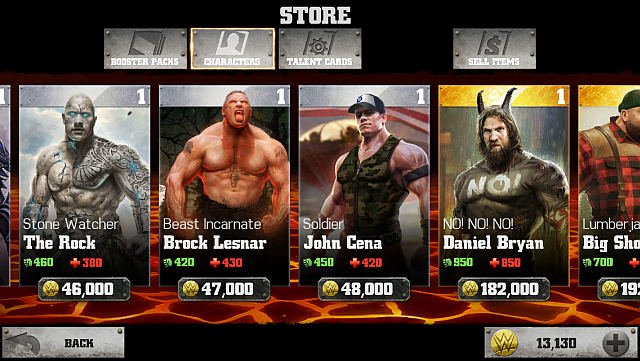 Is WWE Immortals Worth Downloading?
Is WWE Immortals Worth Downloading?